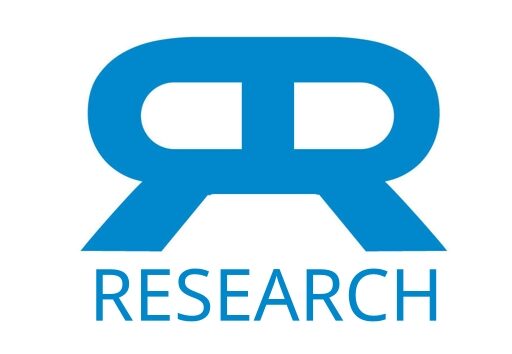Intelligence is a fundamental ability that sets humans apart from other animal species. Despite its importance in defining human behaviour, the neural networks responsible for intelligence are not well understood. The dominant view from neuroimaging work suggests that intelligent performance on a range of tasks is underpinned by segregated interactions in a fronto-parietal network of brain regions. Here we asked whether fronto-parietal interactions associated with intelligence are ubiquitous, or emerge from more widespread associations in a task-free context. First we undertook an exploratory mapping of the existing literature on functional connectivity associated with intelligence. Next, to empirically test hypotheses derived from the exploratory mapping, we performed network analyses in a cohort of 317 unrelated participants from the Human Connectome Project. Our results revealed a novel contribution of across-network interactions between default-mode and fronto-parietal networks to individual differences in intelligence at rest. Specifically, we found that greater connectivity in the resting state was associated with higher intelligence scores. Our findings highlight the need to broaden the dominant fronto-parietal conceptualisation of intelligence to encompass more complex and context-specific network dynamics.
Functional brain networks related to individual differences in human intelligence at rest
Publication
Nature Scientific Reports
6, Article number: 32328 (2016)
Abstract
Web and Email Links
Related Listings
Journal
PLOS ONE
Mind-body practices that elicit the relaxation response (RR) have been used worldwide for millennia to prevent and treat disease. The RR is characterized by decreased oxygen consumption, increased exhaled nitric oxide, and reduced psychological distress. It is believed to be the counterpart of the stress response that exhibits a distinct pattern of physiology and transcriptional profile. We hypothesized that RR elicitation results in characteristic gene expression changes that can be […]
Journal
The Clinical Journal of Pain
The treatment of chronic pain is costly and frustrating for the patient, health care provider, and health care system. This is due, in part, to the complexity of pain symptoms which are influenced by behavior patterns, socioeconomic factors, belief systems, and family dynamics as well as by physiological and mechanical components. Assessment of treatment outcomes is often limited to the patient's subjective, multidimensional, self-reports. Outcome measures based on data about return t […]
Journal
PLOS ONE
Introduction Irritable Bowel Syndrome (IBS) and Inflammatory Bowel Disease (IBD) can profoundly affect quality of life and are influenced by stress and resiliency. The impact of mind-body interventions (MBIs) on IBS and IBD patients has not previously been examined. Methods Nineteen IBS and 29 IBD patients were enrolled in a 9-week relaxation response based mind-body group intervention (RR-MBI), focusing on elicitation of the RR and cognitive skill building. Symptom questionnaires […]

